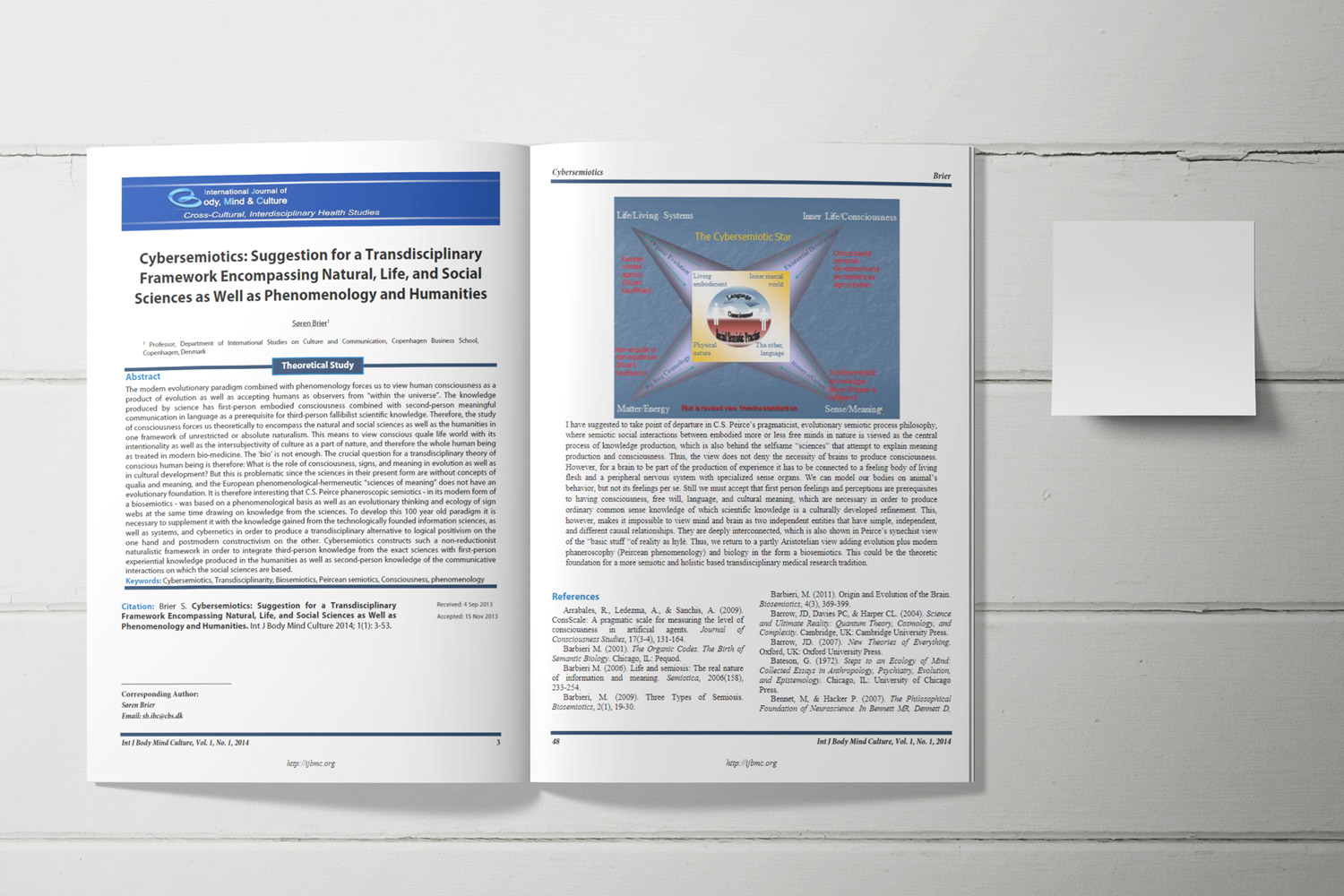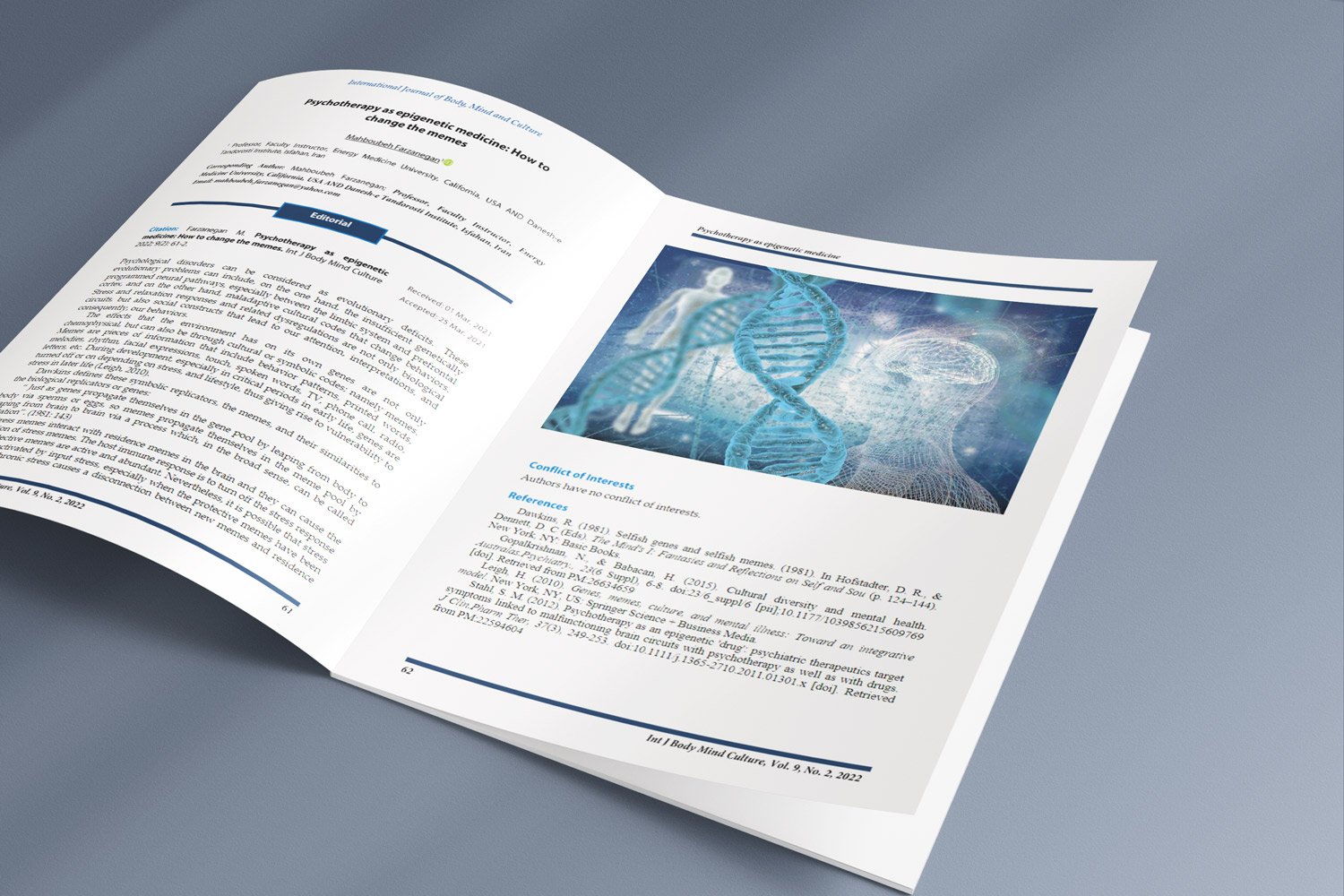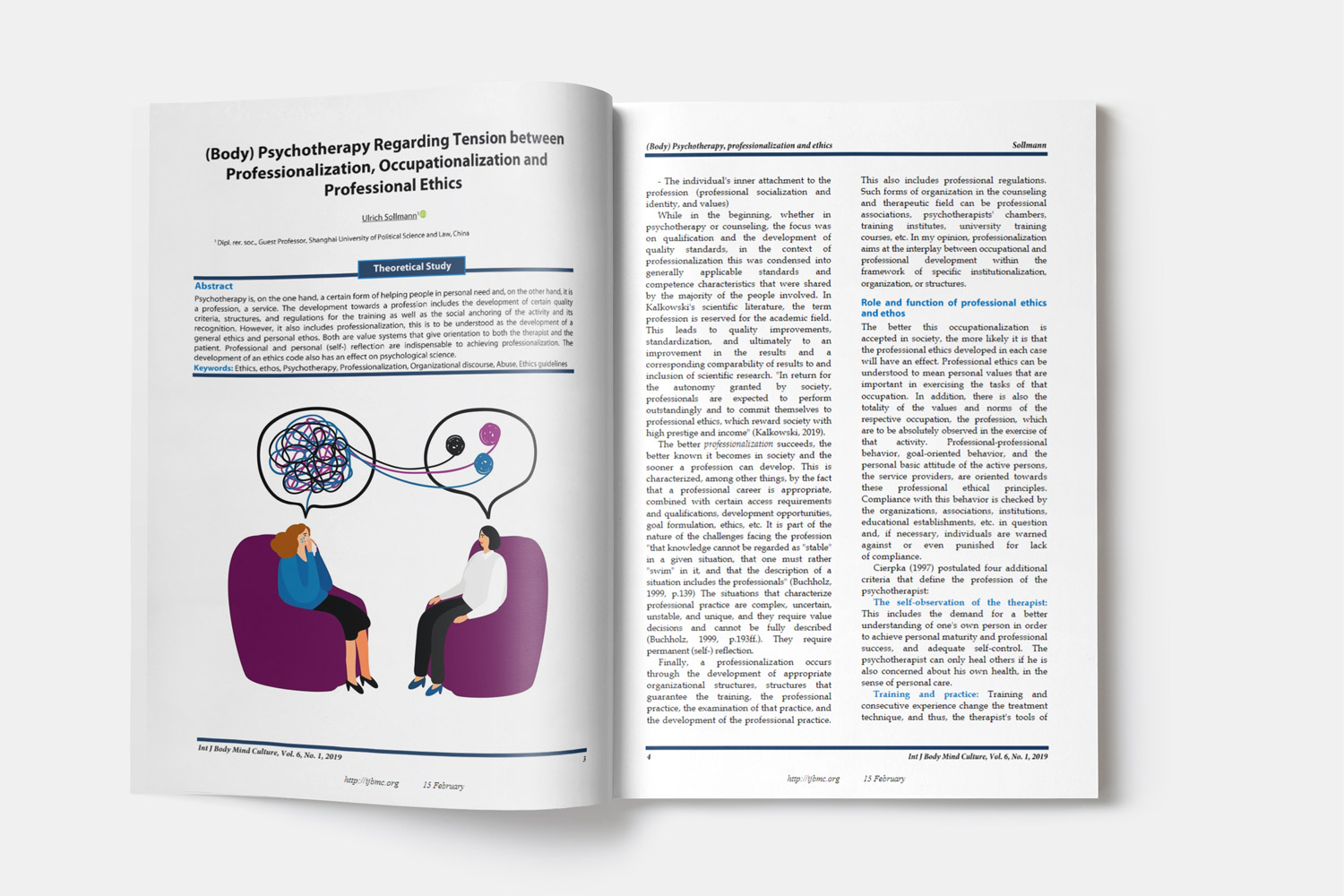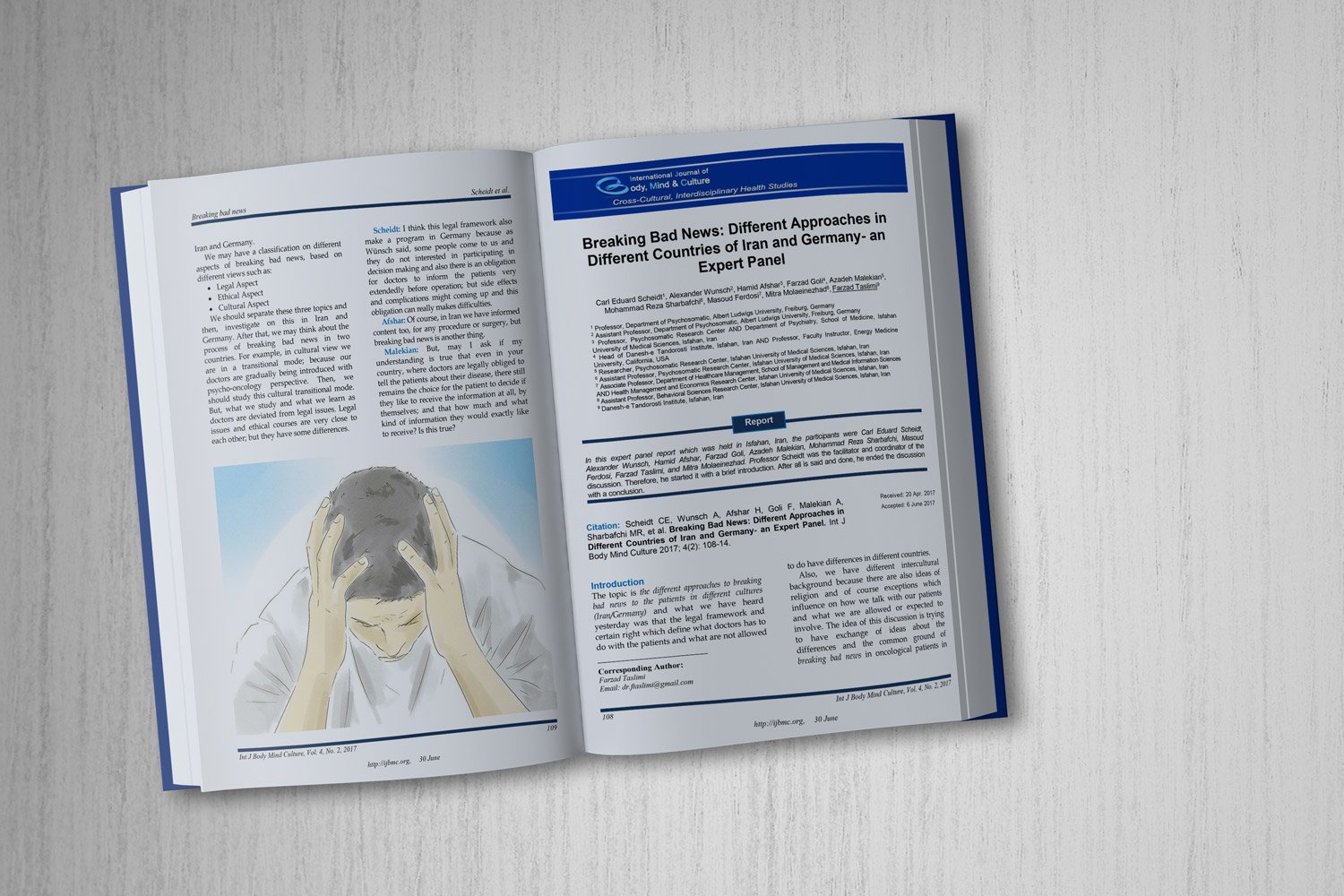The Structural Model of Anxiety in Patients with Irritable Bowel Syndrome Based on Internalized Traumatic Object Relations with the Mediating Role of Defense Mechanisms
Downloads
Objective: The present study aimed to investigate a structural model of anxiety based on object relations, with the mediating role of defense mechanisms in patients with IBS.
Methods and Materials: In a non-experimental correlational study with path modeling, 351 adults with clinically diagnosed IBS (18–65 years; Tehran, 2022–23) completed the Bell Object Relations Inventory (egocentricity, alienation, insecure attachment, social incompetence), the Defense Style Questionnaire (mature, neurotic, immature), and the Beck Anxiety Inventory. Data screening addressed distributional assumptions; model estimation and fit evaluation used standard indices (CMIN/DF, GFI/AGFI, CFI, RMSEA). Direct and indirect paths were tested to determine whether defense styles mediate links between object relations and anxiety.
Findings: The final model showed excellent fit (CMIN/DF = 1.52; GFI = 0.99; AGFI = 0.96; CFI = 0.99; RMSEA = 0.05). Anxiety variance explained was substantial (R² = 0.42). Mature defenses were negatively associated with anxiety (β = −0.52, p < .01), whereas neurotic and immature defenses showed positive associations (β = 0.19 and β = 0.31, both p < .01). Object-relations dimensions exerted significant indirect effects on anxiety through defense styles: egocentricity (βind = 0.07, p < .01), alienation (β = 0.20, p < .01), insecure attachment (β = 0.15, p < .01), and social incompetence (β = 0.05, p < .01). Direct paths from object relations to anxiety were not significant, supporting full mediation by defense mechanisms.
Conclusion: Among patients with IBS, anxiety appears to be shaped developmentally: internalized object-relations patterns influence the deployment of defense styles, which in turn determine anxiety levels.
Downloads
Abbass, A. (2005). Somatization: Diagnosing it sooner through emotion-focused interviewing. J Fam Pract, 54(3), 231-239. https://drcooper1.com/wp-content/uploads/2022/01/somatization-and-emotion-focused-interviewing.pdf
Abbass, A., Town, J., Holmes, H., Luyten, P., Cooper, A., Russell, L., Lumley, M. A., Schubiner, H., Allinson, J., & Bernier, D. (2020). Short-term psychodynamic psychotherapy for functional somatic disorders: A meta-analysis of randomized controlled trials. Psychotherapy and Psychosomatics, 89(6), 363-370. https://doi.org/10.1159/000507738
Andrews, G., Singh, M., & Bond, M. (1993). The defense style questionnaire. The Journal of nervous and mental disease, 181(4), 246-256. https://doi.org/10.1097/00005053-199304000-00006
Beck, A. T., Steer, R. A., Epstein, N., & Brown, G. (1990). Beck self-concept test. Psychological Assessment: A Journal of Consulting and Clinical Psychology, 2(2), 191. https://doi.org/10.1037/1040-3590.2.2.191
Bell, M. D. (2007). Bell object relations and reality testing inventory: BORRTI. Western Psychological Services. https://www.researchgate.net/publication/242282903_Bell_Object_Relations_and_Reality_Testing_Inventory
Blaya, C., Dornelles, M., Blaya, R., Kipper, L., Heldt, E., Isolan, L., Bond, M., & Manfro, G. G. (2006). Do defense mechanisms vary according to the psychiatric disorder? Brazilian Journal of Psychiatry, 28, 179-183. https://doi.org/10.1590/S1516-44462006000300007
Bond, M. (2004). Empirical studies of defense style: Relationships with psychopathology and change. Harvard review of psychiatry, 12(5), 263-278. https://doi.org/10.1080/10673220490886167
Brenes, G. A. (2006). Age differences in the presentation of anxiety. Aging and Mental Health, 10(3), 298-302. https://doi.org/10.1080/13607860500409898
de Roten, Y., Djillali, S., Crettaz von Roten, F., Despland, J.-N., & Ambresin, G. (2021). Defense mechanisms and treatment response in depressed inpatients. Frontiers in psychology, 12, 633939. https://doi.org/10.3389/fpsyg.2021.633939
Drossman, D. A., Chang, L., Bellamy, N., Gallo-Torres, H., Lembo, A., Mearin, F., Norton, N., & Whorwell, P. (2011). Severity in irritable bowel syndrome: a Rome Foundation Working Team report. Official journal of the American College of Gastroenterology| ACG, 106(10), 1749-1759. https://doi.org/10.1038/ajg.2011.201
Epstein, M. (2008). Psychotherapy without the self: A Buddhist perspective. Yale University Press. https://books.google.com/books?id=QiROoVzvyQsC&lpg=PP7&ots=rle06ZuuPm&dq=Epstein%2C%20M.%20(2008).%20Psychotherapy%20without%20the%20self%3A%20A%20Buddhist%20perspective.%20Yale%20University%20Press.&lr&pg=PP7#v=onepage&q=Epstein,%20M.%20(2008).%20Psychotherapy%20without%20the%20self:%20A%20Buddhist%20perspective.%20Yale%20University%20Press.&f=false
Farnam, A., Somi, M. H., Farhang, S., Mahdavi, N., & Besharat, M. A. (2014). The therapeutic effect of adding emotional awareness training to standard medical treatment for irritable bowel syndrome: a randomized clinical trial. Journal of Psychiatric Practice®, 20(1), 3-11. https://doi.org/10.1097/01.pra.0000442934.38704.3a
Fiorentino, F., Buglio, G. L., Morelli, M., Chirumbolo, A., Di Giuseppe, M., Lingiardi, V., & Tanzilli, A. (2024). Defensive functioning in individuals with depressive disorders: A systematic review and meta-analysis. Journal of affective disorders, 357, 42-50. https://doi.org/10.1016/j.jad.2024.04.091
Folks, D. G. (2004). The interface of psychiatry and irritable bowel syndrome. Current psychiatry reports, 6(3), 210-215. https://doi.org/10.1007/s11920-004-0066-0
Fond, G., Loundou, A., Hamdani, N., Boukouaci, W., Dargel, A., Oliveira, J., Roger, M., Tamouza, R., Leboyer, M., & Boyer, L. (2014). Anxiety and depression comorbidities in irritable bowel syndrome (IBS): a systematic review and meta-analysis. European archives of psychiatry and clinical neuroscience, 264(8), 651-660. https://doi.org/10.1007/s00406-014-0502-z
Frederickson, J. J., Messina, I., & Grecucci, A. (2018). Dysregulated anxiety and dysregulating defenses: Toward an emotion regulation informed dynamic psychotherapy. Frontiers in psychology, 9, 2054. https://doi.org/10.3389/fpsyg.2018.02054
Goldblatt, M. J., & Maltsberger, J. T. (2010). Self attack as a means of self‐preservation. International Journal of Applied Psychoanalytic Studies, 7(1), 58-72. https://doi.org/10.1002/aps.228
Gori, A., Topino, E., & Musetti, A. (2023). The relationship among anxiety, worry, perceived stress, defense mechanisms, and high levels of post-traumatic stress symptoms: A discriminant analytic approach. Journal of personalized medicine, 13(2), 237. https://doi.org/10.3390/jpm13020237
Hansen, J. W. (2001). Review of Empirical Research That Utilized the Bell Object Relations Inventory. https://www.google.com/url?sa=t&source=web&rct=j&opi=89978449&url=https://files.eric.ed.gov/fulltext/ED456158.pdf&ved=2ahUKEwiU6f_3xpSQAxXXgP0HHSRlKfUQFnoECCUQAQ&usg=AOvVaw0bxkS-i9DO4S0R0T0PSAT8
Herbert, G. L., McCormack, V., & Callahan, J. L. (2010). An investigation of the object relations theory of depression. Psychoanalytic Psychology, 27(2), 219. https://doi.org/10.1037/a0019423
Javdan, M., & Shahri, F. (2023). Defense Mechanisms, Impaired Emotion Regulation and Intolerance of Uncertainty in Students with and without Social Anxiety: A Comparative Study. Iranian Evolutionary Educational Psychology Journal, 5(1), 171-181. https://doi.org/10.52547/ieepj.5.1.171
Kernberg, O. F. (2022). Some implications of new developments in neurobiology for psychoanalytic object relations theory. Neuropsychoanalysis, 24(1), 3-12. https://doi.org/10.1080/15294145.2021.1995609
Malan, D. (2000). Beyond Interpretation: Initial Evaluation and Technique in Short‐Term Dynamic Psychotherapy. Part I. International Journal of Intensive Short‐Term Dynamic Psychotherapy, 14(3), 59-82. https://doi.org/10.1002/sho.161
https://doi.org/10.1002/sho.166
Miranda, J., & Gross, J. J. (1997). cognitive vulnerability, depression, and the moodstate dependent hypothesis: I out of sight out of mind? Cognition & Emotion, 11(5-6), 585-605. https://doi.org/10.1080/026999397379863a
Perry, J. C., Banon, E., & Bond, M. (2020). Change in defense mechanisms and depression in a pilot study of antidepressive medications plus 20 sessions of psychotherapy for recurrent major depression. The Journal of nervous and mental disease, 208(4), 261-268. https://doi.org/10.1097/NMD.0000000000001112
Posserud, I., Agerforz, P., Ekman, R., Björnsson, E., Abrahamsson, H., & Simrén, M. (2004). Altered visceral perceptual and neuroendocrine response in patients with irritable bowel syndrome during mental stress. Gut, 53(8), 1102-1108. https://doi.org/10.1136/gut.2003.017962
Rabiei, F. (2023). The relationship between depression with cognitive fusion and defense mechanisms. Journal of Modern Psychology, 3(4), 40-47. https://doi.org/10.22034/jmp.2024.444904.1090
Shahar, G. (2021). Reformulated object relations theory: a bridge between clinical psychoanalysis, psychotherapy integration, and the understanding and treatment of suicidal depression. Frontiers in psychology, 12, 721746. https://doi.org/10.3389/fpsyg.2021.721746
Siefert, C., & Porcerelli, J. H. (2015). Object relations theory and personality disorders: Internal representations and defense mechanisms. https://doi.org/10.1037/14549-009
Simpson, C. A., Mu, A., Haslam, N., Schwartz, O. S., & Simmons, J. G. (2020). Feeling down? A systematic review of the gut microbiota in anxiety/depression and irritable bowel syndrome. Journal of affective disorders, 266, 429-446. https://doi.org/10.1016/j.jad.2020.01.124
Simrén, M., Abrahamsson, H., & Björnsson, E. S. (2007). Lipid-induced colonic hypersensitivity in the irritable bowel syndrome: the role of bowel habit, sex, and psychologic factors. Clinical Gastroenterology and Hepatology, 5(2), 201-208. https://doi.org/10.1016/j.cgh.2006.09.032
Smith, K., Fairburn, C., & Cowen, P. (1997). Tryptophan and depression. The Lancet, 349(9064), 1553-1554. https://doi.org/10.1016/S0140-6736(05)62134-4
Spokas, M., Luterek, J. A., & Heimberg, R. G. (2009). Social anxiety and emotional suppression: The mediating role of beliefs. Journal of behavior therapy and experimental psychiatry, 40(2), 283-291. https://doi.org/10.1016/j.jbtep.2008.12.004
Xie, P., Luo, M., Fan, J., & Xiong, L. (2024). Multiomics Analysis Reveals Gut Virome–Bacteria–Metabolite Interactions and Their Associations with Symptoms in Patients with IBS-D. Viruses, 16(7), 1054. https://doi.org/10.3390/v16071054
Yıldız, B., & Bahayi, K. (2024). Examining the relationship between object relations, relationship attachment and separation anxiety in adults with depressive tendencies. Journal of Health Sciences and Medicine, 7(2), 160-167. https://doi.org/10.32322/jhsm.1414691
Copyright (c) 2025 International Journal of Body, Mind and Culture

This work is licensed under a Creative Commons Attribution-NonCommercial 4.0 International License.















